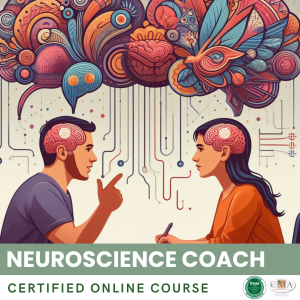The history of the link between man and animal dates back to the dawn of time. Since prehistory, animals have played a crucial role in the survival and development of human societies. The domestication of wild species marked a decisive turning point in this relationship, allowing man to benefit from numerous services provided by animals.
The first traces of animal domestication date back about 15,000 years, with the emergence of dogs as hunting and life companions of prehistoric men. This alliance allowed both species to thrive, with dogs providing valuable assistance in hunting and protection, while man offered food and shelter in return. This mutualistic relationship is considered one of the keys to humanity’s evolutionary success.
Over the centuries, other species have been domesticated to meet the needs of human communities. Cats, probably domesticated 9,000 years ago in Mesopotamia, were valued for their ability to hunt rodents and protect grain reserves. In ancient Egypt, they were even revered as deities. Cattle, sheep, goats and pigs, on the other hand, were domesticated for their meat, milk, wool, or work force.
Beyond their practical utility, animals gradually acquired emotional and symbolic value in the eyes of humans. In many cultures, they are associated with deities or natural forces. Totem animals, considered as spiritual guides or protectors, testify to this deep link between man and animal.
With the industrial revolution and increasing urbanization, the role of animals evolved. While farm animals have retained their economic importance, pets have taken on a growing role in households. Dogs, cats, but also birds, fish, and rodents have become full-fledged family members, fulfilling emotional and social needs.
Today, the human-animal bond is the subject of numerous scientific researches highlighting its benefits on physical and mental health. The presence of a pet is associated with a reduction in stress, anxiety, and depression, as well as improved quality of life. Interactions with animals stimulate the production of oxytocin, the hormone of happiness and attachment.
Animals are also increasingly involved in therapeutic or educational programs. Assistance dogs provide invaluable help to people with disabilities, while animal-assisted therapy is used with vulnerable populations such as elderly people in nursing homes or hospitalized children. In schools, the presence of animals is experimented with to promote learning and the development of psychosocial skills.
This millennial relationship between man and animal continues to evolve, enriched by new forms of interactions and mutual benefits. Understanding the history of this bond is essential to grasp the complexity and depth of the attachment that unites humans with their animal companions, and to better cope with the grief that occurs upon their loss.
Points to remember :
– The link between man and animal dates back to prehistory, with animals playing a crucial role in the survival and development of human societies.
– The domestication of wild species, like dogs about 15,000 years ago, marked a decisive turn in this relationship, based on mutualism beneficial to both species.
– Over the centuries, other species were domesticated to meet the needs of human communities, like cats to hunt rodents or cattle, sheep, goats, and pigs for their meat, milk, wool, or workforce.
– Animals have acquired emotional and symbolic value, sometimes being associated with deities or considered as spiritual guides in certain cultures.
– With urbanization, the role of animals has evolved, with pets taking on a growing place in homes and fulfilling emotional and social needs.
– Scientific research sheds light on the benefits of the human-animal bond on physical and mental health, the presence of a pet being associated with a reduction in stress, anxiety and depression.
– Animals are increasingly involved in therapeutic or educational programs, such as assistance dogs for people with disabilities or animal-assisted therapy for vulnerable populations.
– Understanding the history of the human-animal bond is essential to grasp the complexity and depth of the attachment that unites them and to better cope with grief when an animal companion is lost.
👉 To download docx (Editable) file click here : Click here
👉 To download PDF file click here : Click here
👉 To download MP3 file click here : Click here






